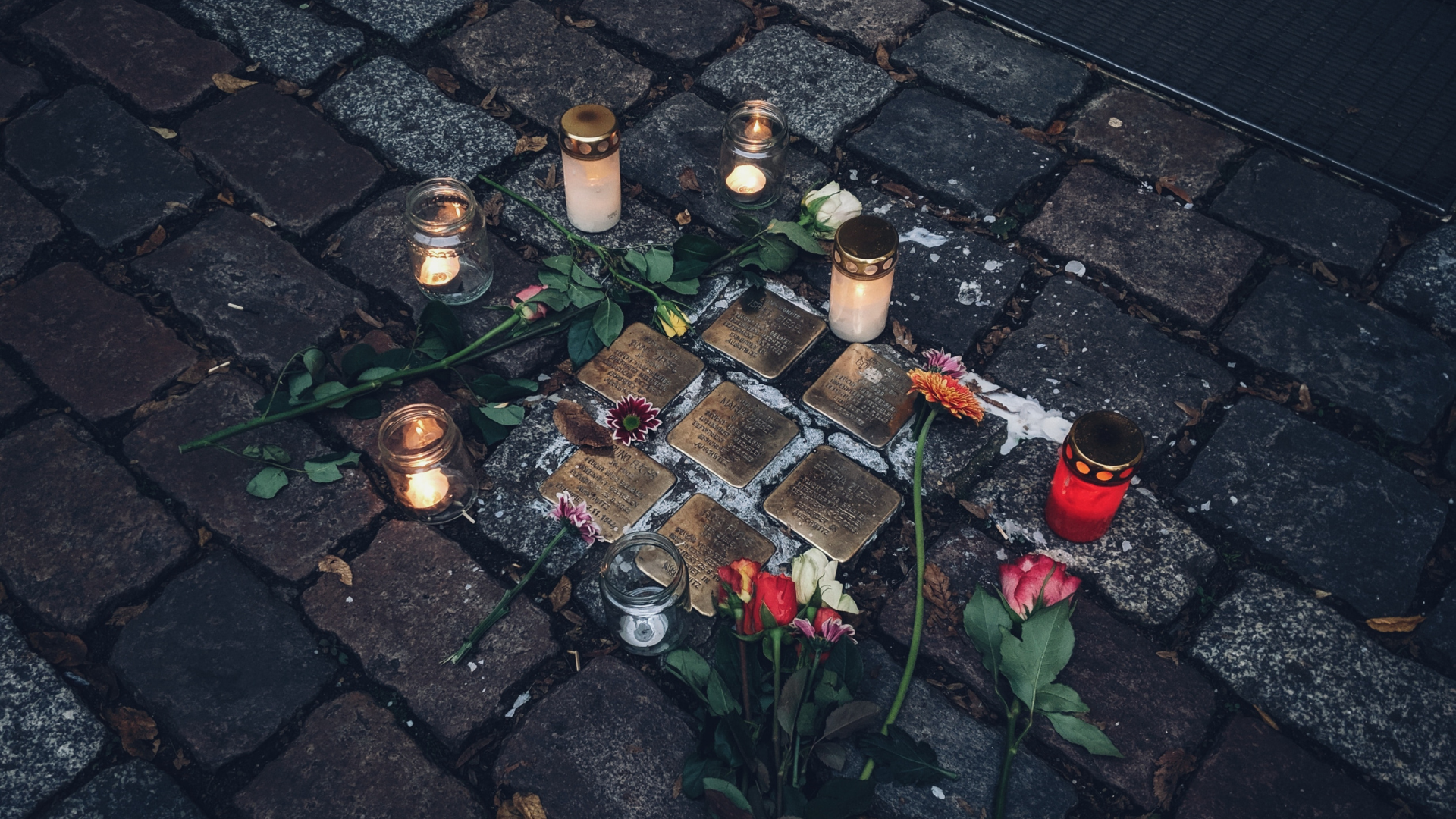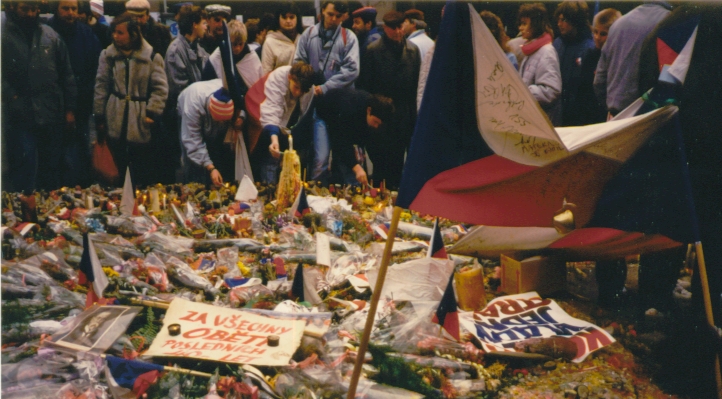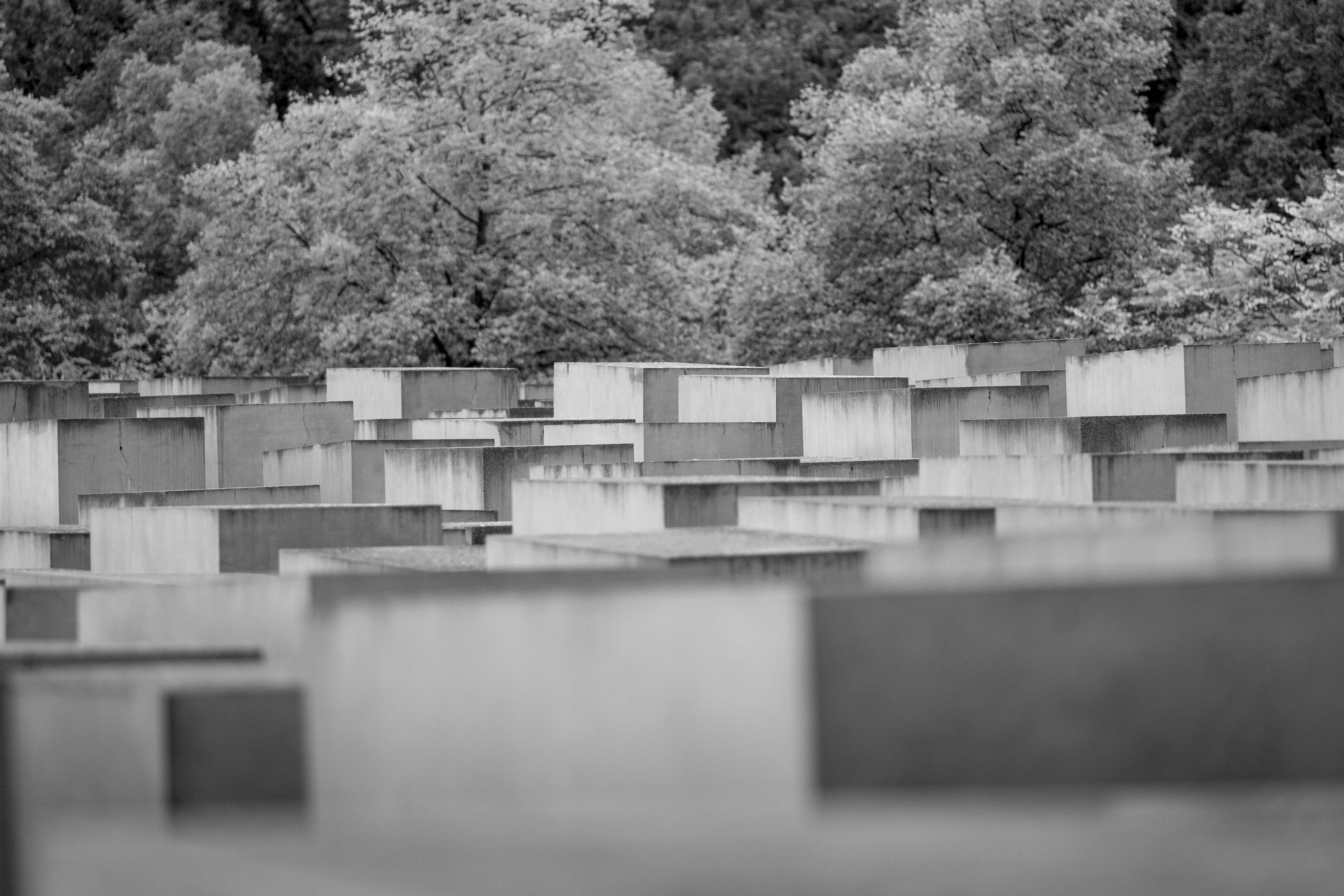Over the last 40 years we historians have been living through a memory boom. We are not alone. In the humanities and the social sciences as a whole, the field of memory studies has expanded exponentially.
Everyone interested in history or politics, in sociology or anthropology has found in their field of study clusters of scholars who start their enquiries by examining the significance of memory for their discipline. In the 1970s and 1980s, race and class were the primary organising concepts of intellectual exchange. Now memory has replaced them.In part, memory has arrived to fill a vacuum. Marxism as a theory of history collapsed long before the Soviet Union fell apart, and race lost its coherence as a concept of social analysis when confronted with the record of intercommunal violence in post-imperial Africa and Asia. The Rwanda and Cambodia genocides made it difficult to use models of white domination to account for crimes committed by Africans and Asians against other Africans and Asians. And while scholars interested in gender stimulated work in many different disciplines, they have not yet provided a political framework for understanding the violence of the last century and its after-effects.
Memory addressed the question as to the origins and consequences of violence in ways that have proved fruitful in two senses. Memory has helped account for the genocidal violence of the last century, and memory has provided a language in which the victims of genocidal violence can reassert their ‘authority’, their right to tell their own history in their own ways.
This dual agenda – memory as a ubiquitous tool of social analysis and memory as an instrument of social justice for the victims of war and violence – helps account for the efflorescence of memory studies throughout the world.
In parallel, there has been a ‘memory boom’ in the field of neurology and psychology. We now know more than ever before about the workings of the mind in creating and reshaping memory traces. The breakthrough was to set aside the old model of the brain as a kind of super hard disk filled with preserved memories. This static notion of storage and retrieval gave way to a much more rigorous model of the brain as a kind of orchestra conductor, drawing from different regions of the brain memory traces that come together to present memories to the mind. The critical point is that remembering is not an act of retrieval but a moment of recreation. When we remember, we change the elements of what we remember by turning them into a collage, a complex alloy of different elements assembled differently every time we recollect an event, person or mood.
The second major breakthrough in the science of memory studies was the recognition that violent and life-threatening events cannot be recalled in the way we remember less destructive events in our lives. We call these difficult memories ‘traumatic memories’. They cannot be assembled easily as a collage, since recalling these events threatens the integrity of the self, understood as the way we hold ourselves together under severe stress. When extreme violence happens – in the form of rape, sexual abuse, physical injury, psychological torture, terrifying ordeals or other insults – memories of such events remain in fragmentary or silent form. Putting them together as a narrative is painful and at times impossible. Those fortunate to have professional help and supportive social and family environments can take the long road to recovering memories. They are the lucky ones.
The reason the recognition of traumatic memory matters is that the voices of the victims of trauma in war and genocide become carriers of an essential ethical message. They tell us that even after the horrors of the past century, it is possible, indeed necessary, to say in public that human beings can survive injustice and live by a moral code. At the core of that code is the assertion that everyone has the right and the duty to speak truth to power.
Commemoration is a form of memory activism that goes beyond the academy. It is present throughout the world. Public remembrance requires a place and a trace, or in Greek, a topos and a logos. At a particular place, people come together to remember a particular moment in history represented by an object, a flame, a structure, a symbol.
All societies identify particular dates in the calendar as worthy of public commemoration. They can be dates associated with important moments in national history, such as the end of victorious wars or revolutions. It is a mistake, though, to see commemoration solely through the eyes of a state. States may ordain or legislate that such and such a date is a holiday, honouring a particular event. But over time, the survival of such events requires participation by members of civil society. The authors of public commemoration matter less than do the memory activists or memory agents who continue to do the work of public remembrance.
Memory agents matter because the initial emotional and political charge propelling commemoration forward tends to fade over time. All commemorative events have a half-life; that is, the energy behind them begins to dissipate over time. Memory agents recharge the batteries of the commemorative project; without such an effort, commemoration loses its force. Without an audience, public remembrance fades away.
This act of entropy, or the loss of momentum in commemoration, is inevitable. To forestall forgetting, a group of people have to donate their time and collect sufficient funds to enable them to organise public acts of remembrance. If these agents die, or move away, or get arrested, others must take their place. New generations have to take over their roles, or attach to the date or the place of commemoration new meanings.
Commemorative sites are public settings for the performance of memory. They are built in such a way as to enable people to come together on a particular day to remember a particular set of events that are deemed to be significant. That is why they are placed in public thoroughfares, in front of public buildings or in cemeteries or churches. These places frame the performance that takes place adjacent to them. At times, these sites of remembrance are fenced off to prevent animals from grazing there or people from using them for recreation.
The events that take place in front of memorial sites are designed to instruct the public about the important event commemorated there. That is why schoolchildren are sent there, and why flags or other symbols of collective life are on display. In some countries, clergymen participate, but the language used is almost always a mix of the sacred and the secular.
One of the paradoxes of public remembrance is that stories about the past change when visions of the future change. After the collapse of communism in 1989, the future of the former communist world opened up to new horizons. To chart the trajectory of that future, it was necessary to align it with elements in the past that pointed towards the new possibilities in national life. In this sense, memory narratives are always about the future.
The writing of history is but one part of the effort to produce a memory narrative of use to our society. History is memory seen through documents. Memory is history seen through emotion. Both tell us how we got to where we are. The free expression of both history and public remembrance is the bedrock on which democracy rests. We should be grateful, therefore, for the memory boom of the last 40 years. It is one of the pillars of an open society and a resource for those yet to realise their freedom.




